Pan across during the activation of a helium-neon gas laser, showing its red beam. The laser comprises a tube filled with 15% helium and 85% neon gas. A high potential difference is applied across the tube, causing free electrons to travel at high speeds from one end of the tube to the other. Some of these electrons collide with helium and neon atoms, elevating them to an excited state. The electrical pumping excites the atoms of the laser medium. In this process, both helium and neon atoms are excited. Helium makes the entire process more efficient as its single excited state has a very similar energy to the metastable excited state of the neon atoms, and thus collisions between helium and neon atoms can produce excited neon atoms. When electrons that occupy the higher excited state of neon transition to the lower excited state, a photon is released. The laser medium of helium and neon gas is contained in a tube, the space in which is called the laser cavity. Parallel mirrors are found at both ends of the laser cavity. The function of these mirrors is to allow the light produced by stimulated emission to reflect back and forth many times, constructively interfering to produce a large amplification. One of the mirrors allows some light to pass through it while reflecting the rest. Therefore, the light produced exits the laser cavity through this mirror after amplification, producing the laser beam. See clip K002 8522 for an animation showing this process.
Details
WebID:
C01807646
Clip Type:
RM
Super High Res Size:
1920X1080
Duration:
00:00:11.000
Format:
QuickTime
Bit Rate:
25 fps
Available:
download
Comp:
200X112 (0.00 M)
Model Release:
NO
Property Release
No

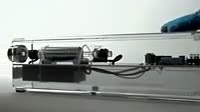

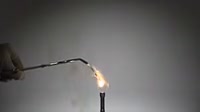


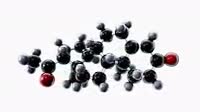



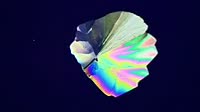
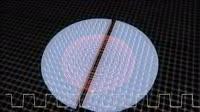
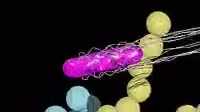
 Loading
Loading